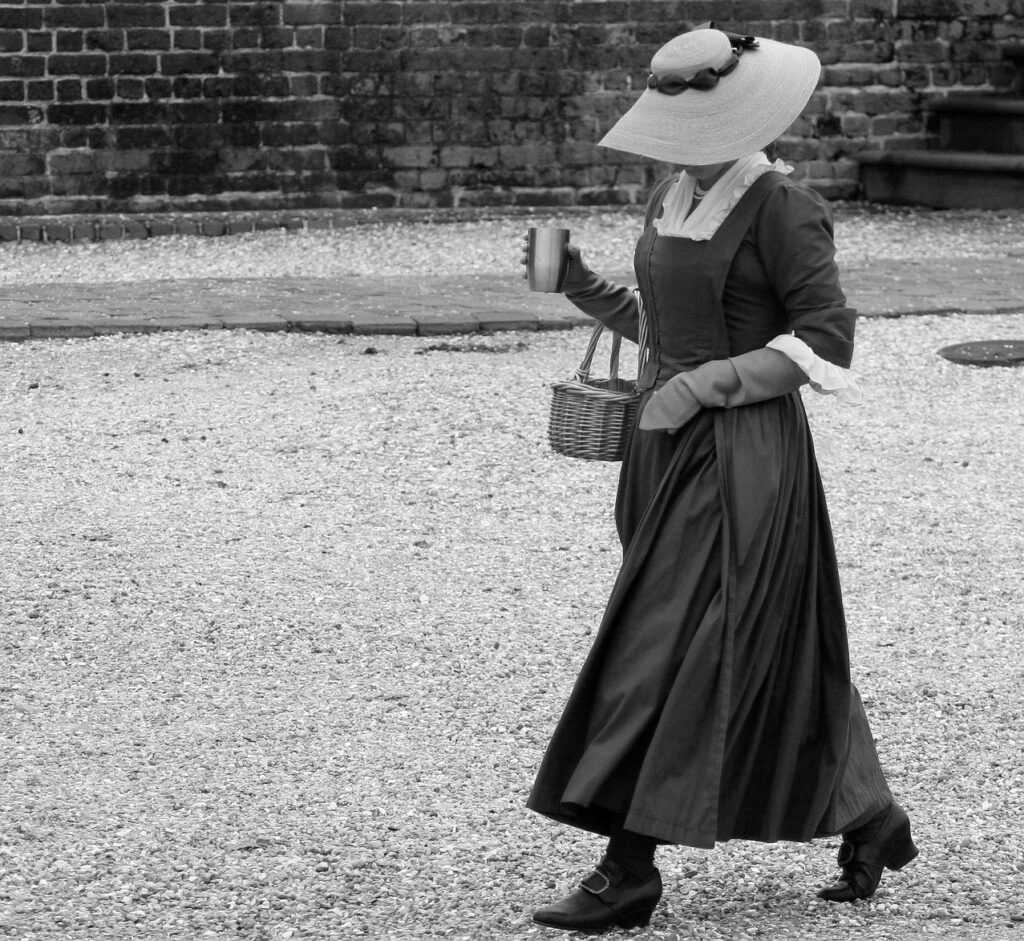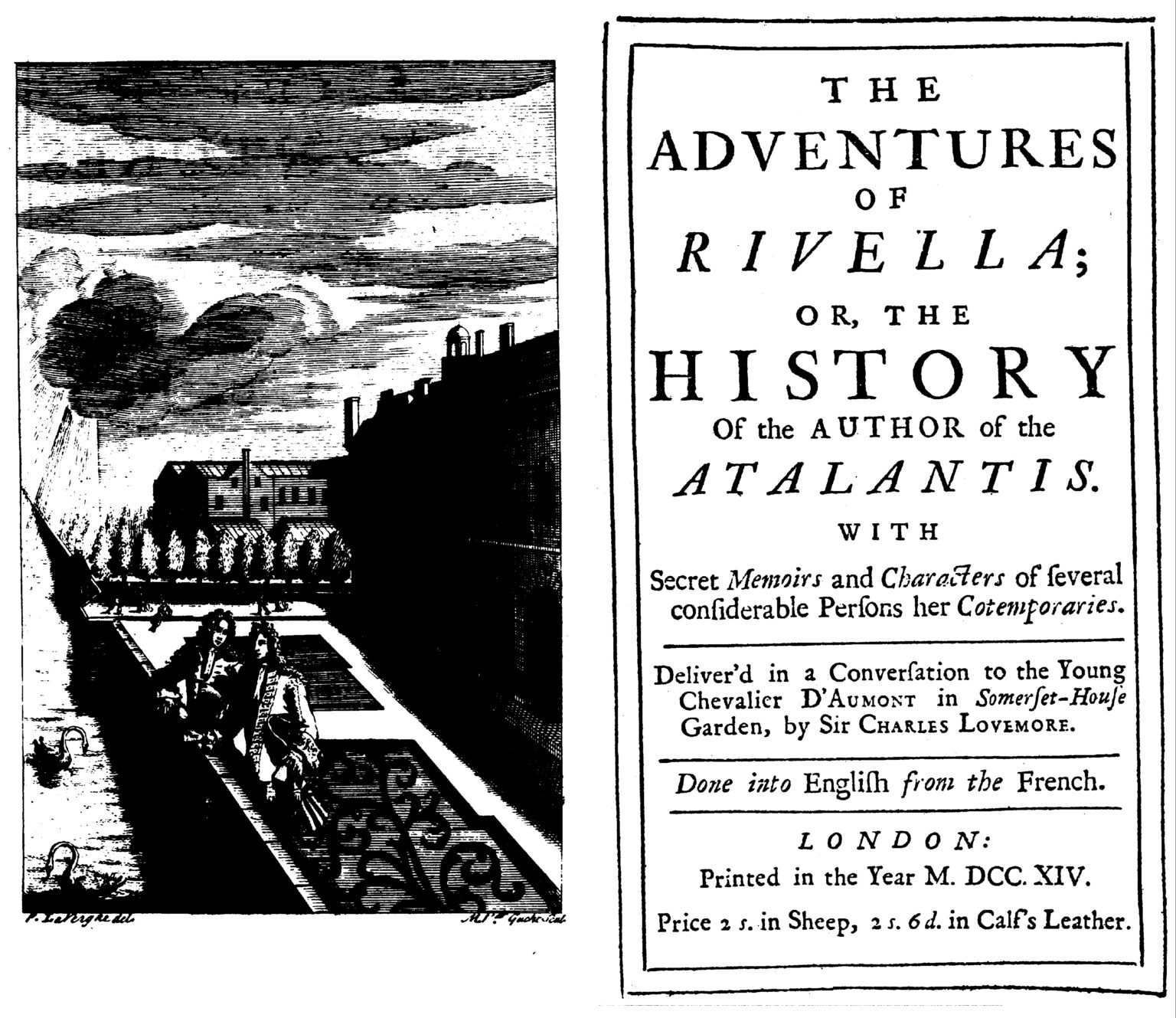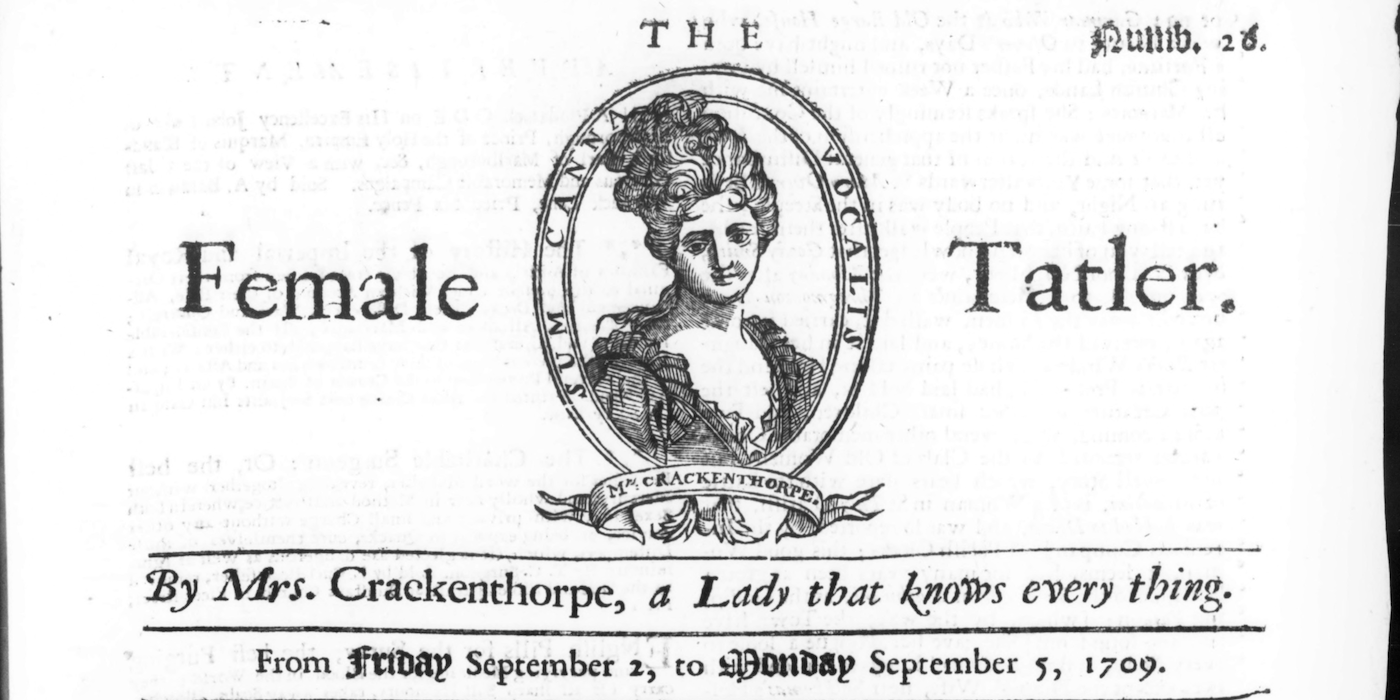Unmasking Mrs. Crackenthorpe: The Untold Story
Could a single pen name truly ignite a revolution in the world of letters, forever changing the landscape of social commentary? Indeed, the enigmatic "Mrs. Crackenthorpe," the woman who claimed to know everything, did just that, leaving an indelible mark on 18th-century literature and social discourse.
Three months after the debut of the original Tatler, a publication that helped set the tone for a new era of social observation, a mysterious female writer, employing the pseudonym "Mrs. Crackenthorpe," launched The Female Tatler. This audacious undertaking wasn't just a response to the male-dominated world of journalism; it was a bold statement, a declaration of female perspective and power. While scholars have speculated over the years, initially pointing to Delarivier Manley as the author, the true identity of the woman behind Crackenthorpe remains a captivating mystery. What is known, however, is the profound impact she had.
The Female Tatler, unlike many publications of its time, carved out its own unique space. It presented itself as the witty and all-knowing voice of Mrs. Crackenthorpe, who, for the first 51 editions, penned the gossip and social commentary. The baton was then passed to "a society of ladies" who took over for the subsequent 58 editions, extending the publication's reach and reinforcing its commitment to a female perspective. The publication, which ran from 1709 to 1710, captured the public's imagination with its pointed observations and satirical wit, solidifying its place in literary history. It served as a precursor to modern gossip columns and a testament to the enduring human fascination with social dynamics and the foibles of the elite. It also offers a compelling window into the lives and concerns of women in the early 18th century. The publication, with its sharp critiques and keen observations, holds a special place in the annals of English literature.
| Category | Details |
|---|---|
| Pseudonym | Mrs. Crackenthorpe |
| Real Name (Speculated) | Delarivier Manley (initially proposed but later ruled out) |
| Known for | Author of The Female Tatler |
| Published Dates | 1709-1710 |
| Content | Gossip, social commentary, satire focused on the lives of women and societal critiques. |
| Notable Characteristics | Satirical wit, focus on female perspectives, instructional and morally edifying claims, sharp critiques of societal norms, and focus on London life. |
| Significance | Pioneering a female voice in journalism and social commentary, a gem of satire, a key part of literary history, and precursor to gossip columns |
| Reference Website | Oxford Reference - The Female Tatler |
The origins of The Female Tatler are as intriguing as its content. The original "Mrs. Crackenthorpe" seemed to have a falling out with her original publisher, B. Bragg, and subsequently moved to a different publisher, Baldwin. While the specific details of their disagreement remain unknown, it adds a layer of intrigue to the story of the publication's creation and development.
The publication stood out due to its distinctly feminine voice. The Female Tatler offered a refreshing perspective on the social scene, one often overlooked in the male-dominated world of journalism. The anonymous author, or authors, adopted the persona of a woman "who knows everything" and used this vantage point to critique the behaviors and social mores of the day. The publication's blend of wit, insight, and a clear understanding of human nature helped it to resonate with its audience. The seriess satirical perspective also set the stage for many future publications.
Delarivier Manley, a playwright and novelist, was initially considered as the potential author behind the Mrs. Crackenthorpe pseudonym. Manley herself was a celebrated author, known for writing works such as Secret Memoirs from the New Atalantis and Memoirs of Europe. These books, which became bestsellers, were full of scandalous stories, highlighting Manleys ability to captivate audiences with her compelling tales. Although the authorship of The Female Tatler was ultimately attributed to an unknown author, Manley's association with the publication underscores the significant roles that women played in early 18th-century literature.
- John Maxwells 5 Levels Of Leadership A Guide
- How To Unlock This Game Is Rigged Achievement In Deadpool
It's important to understand the context in which The Female Tatler emerged. The early 18th century was a time of significant social, political, and cultural transformation in England. The coffee houses of London buzzed with gossip and intellectual debate. The burgeoning print culture provided platforms for new ideas, creating opportunities for writers and thinkers. In this vibrant atmosphere, The Female Tatler emerged as a provocative new voice, ready to comment on the rapidly changing world.
The style of The Female Tatler was a key factor in its success. Crackenthorpe's persona was known for delivering sharp, often sarcastic, commentary, offering insights into the behaviors and trends of London society. She targeted everyone, from political figures to shop owners, for scrutiny, all while presenting a unique female perspective. This approach, combined with its ability to unearth the secrets of the time, made it a major success with a wide audience. The format also proved influential.
The influence of The Female Tatler can still be seen today, in modern publications and entertainment, from gossip columns and blogs to television series like "Bridgerton." The Female Tatler's success was also due to its satirical content and its focus on the daily lives of people in London, offering readers a look into the cultural landscape of the era. In some ways, the publication anticipated the rise of celebrity culture and the public's endless appetite for stories and scandals. It served as a groundbreaking work and was the start of the many more publications that followed.
The city of London was central to the world of Mrs. Crackenthorpe, and was the bustling center of English culture during the eighteenth century. The writer focused her attention on this bustling metropolis, making it the heart of her observations. 37 writers and artists played a key role in making London a key focus.
The Female Tatler challenged the pretensions of the players, blaming the audience. Mrs. Crackenthorpe criticized those in power. She pointed out that society has a tendency to transform powerful people into fools. In addition to focusing on political figures, she also highlighted shop owners and workers, who she deemed to be the kingdoms greatest fops. She saw the city as full of people who were easily swayed by appearances and status.
The Female Tatler also offered advice to its readers, including the encouragement of women to marry when they are more mature. She believed that it was important to wait until a woman was at least thirty years old, to ensure that she would be more capable of managing her house. Through her work, Mrs. Crackenthorpe sought to educate and offer advice to her readers, emphasizing the importance of wit, intelligence, and a firm understanding of the social landscape.
The legacy of The Female Tatler and Mrs. Crackenthorpe continues to fascinate and inspire. The series is an example of womens contributions to literature and their abilities to impact the world. The publications influence is visible in contemporary media, entertainment, and culture. The success of Mrs. Crackenthorpe is a testament to the power of women's voices and how much their perspectives can impact the world.
The publication made a lasting impression by offering readers a view into the minds and lives of women, the behaviors of the elite, and the cultural norms of the time. As a gem of satire, remarkable for being intended for women, The Female Tatler stands as a testament to the enduring power of wit, social commentary, and the unique female perspective. And even though the identity of the author remains hidden, her legacy endures, a symbol of female brilliance and the impact of a woman who claimed to know everything.
The world of the 18th century and the work of Mrs. Crackenthorpe have found new life in popular culture. The story of Mrs. Crackenthorpe can be seen in series like "Bridgerton." The show, set in 1813, draws inspiration from the era. The character of Lady Whistledown in "Bridgerton" calls to mind Mrs. Crackenthorpe. The writers ability to comment on Londons elite society made her a standout, as she provided insightful commentary and advice.
The publication established its focus on genteel frugality and offered commentary on the excesses of certain members of the wealthy classes. Mrs. Crackenthorpe's work, therefore, was part of a broader cultural conversation. She encouraged reflection on values such as prudence and restraint. With her sharp observations and witty commentary, she challenged societal norms and the behavior of the elite.

Mrs Crackenthorpe was the ‘Real” Lady Whistledown, Long Before

Mrs Crackenthorpe was the ‘Real” Lady Whistledown, Long Before

Bridgerton True Story Was Lady Whistledown A Real Person?